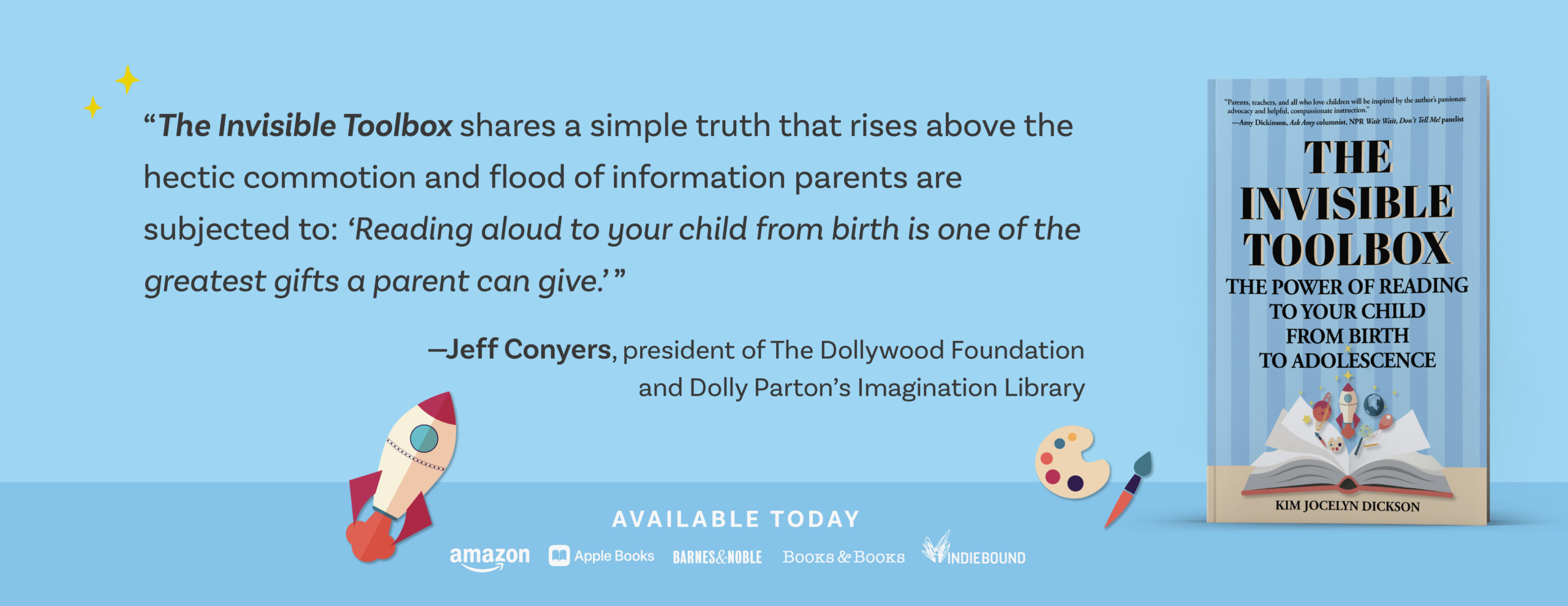Why You Should Ignore Their Sometimes Dark Origins and Read Them Aloud Anyway
“Hickory hickory dock, the mouse ran up the clock…”
I recited these words to my fifth grade literature class one day and paused expectantly, waiting for them to finish the sentence.
Blank stares all around.
Then a lone voice piped up: “The clock struck one, the mouse ran down…hickory hickory dock.”
Three cheers for that child’s parent!
The subject of nursery rhymes had come up, and I wanted to see if my hunch was true. I’ve known for years that many parents were no longer reading nursery rhymes to their little ones, but it still shocks me a bit to realize most children don’t have these classic jingles stored in their memory banks.
You might be thinking…
Does it really matter?
Aren’t these archaic ditties Eurocentric? (Sorry, worse. They’re British.*)
Aren’t they historic in nature and sometimes deal with awful, grown-up things like adultery (“Jack and Jill”), military armaments (“Humpty Dumpty”), and the plague (“Ring-Around-The-Rosy”)?
Yes, they are. And yes, they do. Many have been around since the 14th century. Some of their histories are traceable, some not.
The point is, none of that matters. Not to your little one anyway.
What does matter is that when you take them onto your lap and read or sing to them, they won’t be wondering about the symbolic meanings of these verses or their historic origins.
What your child will experience, though, is the joy and beauty of rich language.
The rhythm and rhyme of catchy lyrics that will be theirs forever.
The fascination of a gigantic clothed egg perched on a wall and the strangeness of live blackbirds baked in a pie.

with depictions of children of all colors and ethnicities.
Of all the picture book choices that you have as a parent, reading Mother Goose is one of the best because you’ll give your child the following:
- Joy. As dark as some of their origins may be, these verses exude an underlying energy, resilience, and sense of fun.
- Vocabulary, the number one predictor of school success. Your child will be exposed to rich language that would not typically come across their radar.
- The ability to rhyme. Did you know that some older children simply cannot recognize rhyming words? They have little experience hearing lyrical oral language so struggle to identify or produce words that rhyme. The ability to do so is an essential component of learning to sound out and identify words.
- Cultural literacy. Familiarity with the traditional stories of a society’s culture is an important aspect of a child’s education. Children today know “Shrek,” but few are familiar with the classic fairy tales and legends that “Shrek’s” characters are based upon. They’ve seen “Tangled,” but have never heard or read Rapunzel. I believe that the nursery rhymes that have entertained children for centuries fall into the category of things an educated person should know.
- Connection. As always, with any shared reading you do, you will nurture feelings of warmth and love between you and your child that will enable them to thrive.
Your child’s future teachers will bless you if you share nursery rhymes with your little one because they will arrive at school with their toolbox overflowing, primed and ready to be taught to read.
Be warned, however. Once you begin reading them, you will repeat. Again. And again. And again. And that, my friends, is exactly what your child needs.
(*Full disclosure: That was totally tongue-in-cheek. I am an unabashed Anglophile.)
Note: Because you may need some relief from the multiple rereadings you’ll do, check out Ricky Gervais’s take on nursery rhymes. Just for fun. (Language warning.)
If you’re the intellectually curious type and want to know more about their dark origins, you’ll find some excellent articles here and here.
Finally, if you’re wondering whether CoComelon (Netflix’s #1 show and the animated means through which many children are exposed to some of these classics now) is a reliable substitute that ticks the box, check out my recent article on just that question here.

